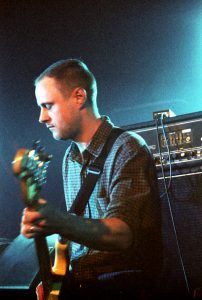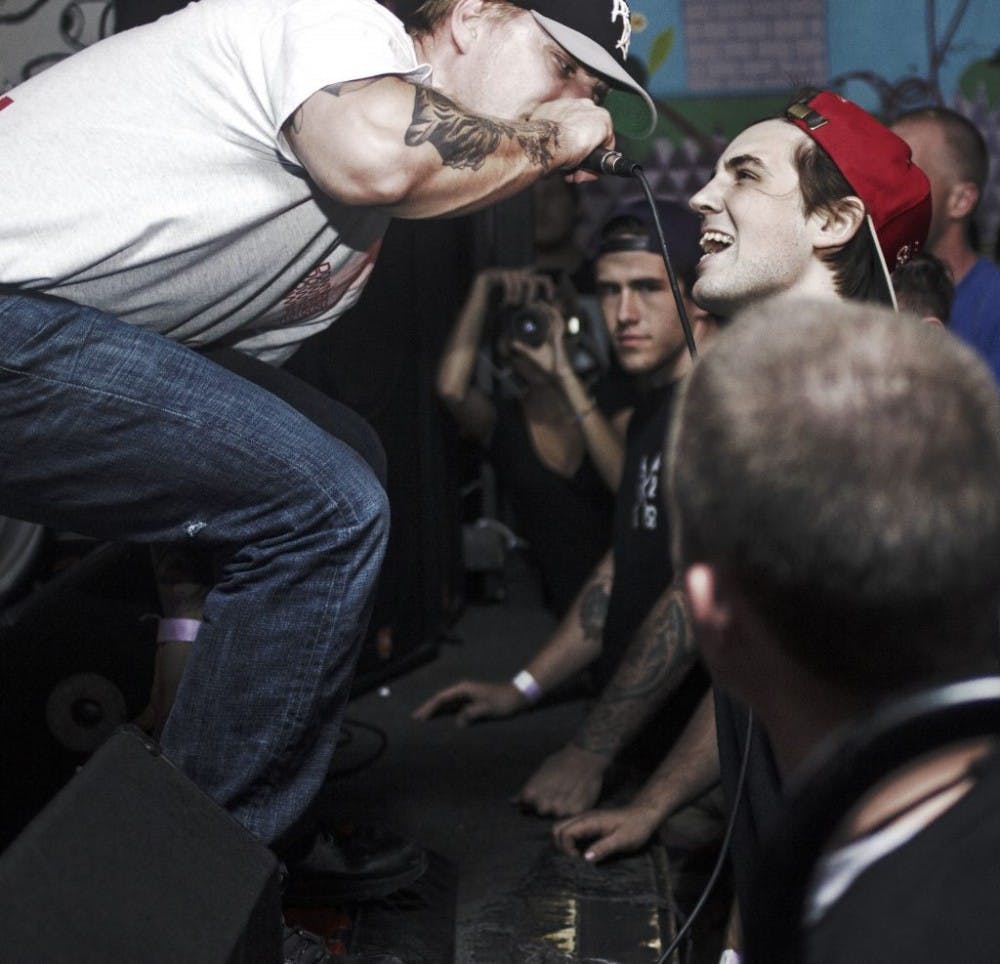Mid-Atlantic punk tends to be centered around Washington, D.C. and New York. Hardcore bands like Minor Threat and Bad Brains brought the previously little-known backwater that is the District of Columbia into the limelight for those who enjoy 30-second songs with three chords.
New York bands like Richard Hell and the Voidoids, Johnny Thunder and the Heartbreakers and the Ramones, as well as their 1980s successors in the hardcore scene flavored the city with a strange cocktail of heroin and cross-dressing mixed with straight edge and Hare Krishna.
Over here in beautiful Baltimore, the scene has labored in the shadow of the nation’s capital and its largest and most over-rated city. Despite this, punk in Baltimore is actually something of a thing. Older bands like Lungfish and Half Japanese hit the scene in the 1980s and gained some regional status.
Lungfish’s post-hardcore and lyrical-but-aggressive sound is pleasant in the sense that it can alternatively make you weep or headbang. Their first album, Necklace of Heads came out in 1990.
Half Japanese is a bit more challenging, but since they have been making music since 1980 and have put out 16 studio albums — their latest, Hear the Lions Roar, came out in 2017 — chances are that the adventurous listener will find something they like. If I had to describe what they sound like, I would say GG Allin at art school.
If your idea of a good night is moshing until you are bruised enough to pass for Barney the purple dinosaur, check out Stout and Next Step Up. Stout has been around since 1997 and has been consistently creating music that is frankly terrifying, which is a good thing.
This is the actual sound of violence: If the apocalypse had a soundtrack, it would be written by Stout, and the Devil would win. Next Step Up is of a similar style, although with more intelligible lyrics. They also came to be in the late ‘90s and seem to still be thrashing today.
There are some more contemporary Baltimore-based punks kicking around the continent as well. Turnstile is probably the most well-known punk band to come out for Baltimore in the oughts.
Founded in 2010, Turnstile released their first full-length album, Nonstop Feeling, in 2015. Their sound tends toward the middle of the hardcore spectrum but with a preponderance of heavy riffs and chanted choruses.
Lead-singer Brendan Yates also played with Trapped Under Ice, another Baltimore band that lasted from 2007 to 2013. Stylistically, Trapped Under Ice is a bit different from Turnstile, although the latter is apparently an offshoot of the former.
A third band, Angel Du$t — dollar sign not editorialized — has a far more melodic sound. Their debut album A.D. came out in 2014 and in May of last year, they delivered Rock the F*ck on Forever to their fans.

I have actually seen some of the members of Angel Du$t play live when they were collaborating with the lead singer of Post Pink, another local band, and can indeed verify that they rock.
Faceplant, whose style is a bit more crossover punk-metal than that of Trapped Under Ice and Turnstile, released their latest EP in September of last year. They are a band to follow as they are apparently still unsigned, so if you start listening now, you can patronize your friends later.
Another young band, Ancient Heads, are a Baltimore straight-edge outfit with a pleasingly familiar sound. They call to mind the New York hardcore bands of the late ‘80s and early ‘90s and are a intimidating alternative to any D.A.R.E ad.
To be honest, I am hardly an expert on the Baltimore punk scene. The learning process, motivated by a deep love for punk, is ongoing, but I thought I would share my findings thus far.
This is hardly a complete list, and the scene is always growing and changing. There are plenty of opportunities to learn about the music if you are so inclined. Listening to some of the bands discussed in this article would be a start.
Also, check out the Baltimore DIY page on Facebook and the Showspace Tumblr to get tapped in. Since the Baltimore punk scene is relatively free of any big names, getting into it will require some effort (I know this because I am currently in the midst of that process), but the culture is accessible and open to all.






